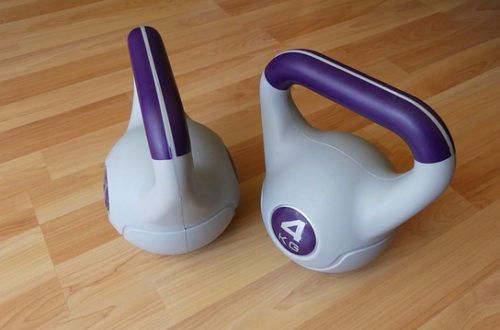How to Set Fitness Goals (In 6 Easy Steps)

As we gear up for the upcoming New Year, do you find yourself still struggling to define and achieve your fitness goals? Perhaps those well-intentioned resolutions you set to prioritize health and fitness are lingering, nudging you with a sense of unfulfilled promises. It’s a fresh opportunity to recalibrate and embark on that journey to shed those extra pounds or attain your fitness milestones.
Approaches to fitness vary widely among individuals. Some frequent gyms, others enlist personal trainers, while a few opt for self-guided routines. If guidance feels necessary, engaging a personal trainer can be an optimal path toward a disciplined fitness routine.
But before delving into that, the crucial starting point is establishing realistic fitness goals. Here’s a step-by-step guide on how to set fitness goals effectively:
Step 1: Commit Them to Writing
Irrespective of your fitness aspiration—be it weight loss, consistent gym attendance, or a higher frequency of runs—compile these objectives into a tangible list on paper. Subsequently, craft a detailed plan outlining incremental steps. Visualize it as a roadmap delineating the precise actions necessary to attain your goals.
Distribute copies of this list strategically around your living spaces: the bathroom, car, kitchen, etc. Constant exposure to these reminders will reinforce your focus on the goals.
Step 2: Find a Fitness Buddy
A significant catalyst for success lies in not undertaking this journey solo. Often, the presence of a buddy fosters motivation and sustains interest. Lifting weights or jogging alone can become monotonous.
Engage a colleague, family member, or your significant other to join you in this pursuit, transforming the journey into a shared, enjoyable experience. Scheduling regular workouts with a fitness partner can significantly bolster your chances of achieving mutual goals.
Step 3: Engage a Trainer
For those truly committed to their fitness journey, securing a certified professional trainer is pivotal. If equipped with a home gym, investing in a trainer can optimize its utility. Nonetheless, it’s essential to acknowledge that enlisting a personal trainer often comes with a considerable cost, so financial readiness is key. The significant advantage lies in expedited goal attainment and a more effective fitness regimen compared to solitary training.
Step 4: Track Your Progress
Setting fitness goals isn’t solely about setting them; it’s equally crucial to monitor your advancement. Keep a record of various metrics—like push-up counts, treadmill durations, and more. Witnessing your personal milestones increase serves as a great source of inspiration. Regularly logging your progress, whether daily or weekly, provides motivational boosts.
Step 5: Visualize It
While setting your fitness goals, it’s imperative to visualize yourself accomplishing them. Envision shedding those ten pounds or embodying a healthier, fitter version of yourself. Cultivating this mental imagery applies to both short-term and long-term aspirations.
Step 6: Embrace a Steady Pace
Patience is paramount. Avoid rushing the process or fixating on numerous objectives simultaneously. Hastening the journey not only disrupts your peace of mind but can also harm your body. Embrace a gradual pace, focusing on one goal at a time.
It’s crucial to acknowledge that consistent obstacles and unforeseen distractions may challenge your goals. Thus, setting flexible and achievable goals is essential. Embrace adaptability in your fitness journey to navigate these hurdles effectively.
Conclusion
Mastering how to set fitness goals is not just a New Year’s resolution; it’s a lifelong skill empowering you to sculpt a healthier, fitter version of yourself. Embrace these steps, stay committed, and watch your aspirations transform into achievements.
Would you like to receive similar articles by email?





